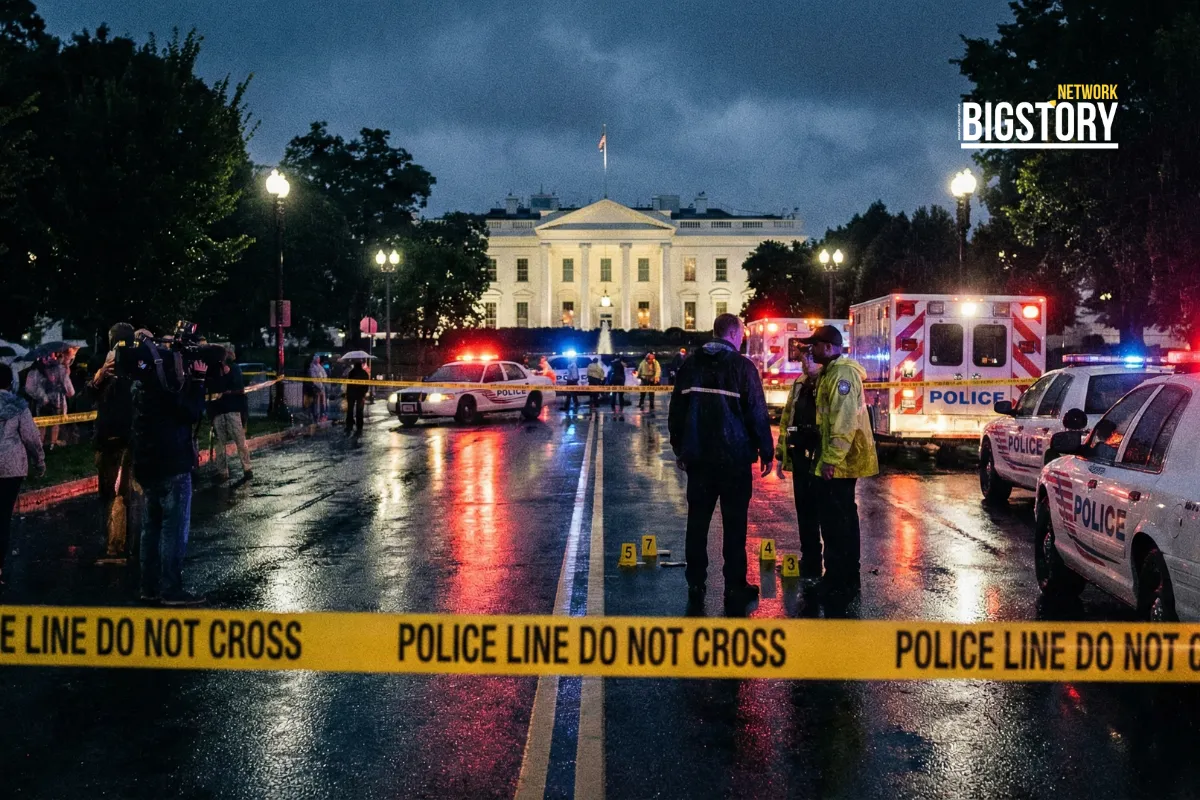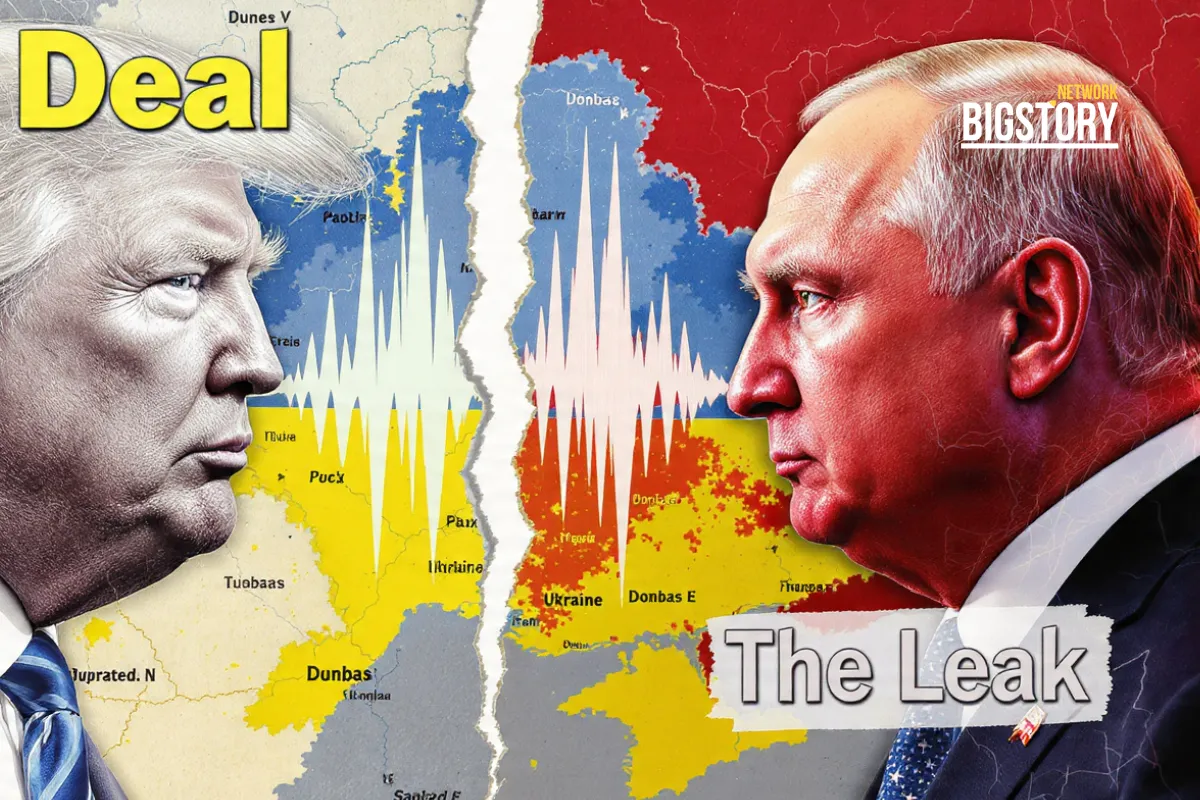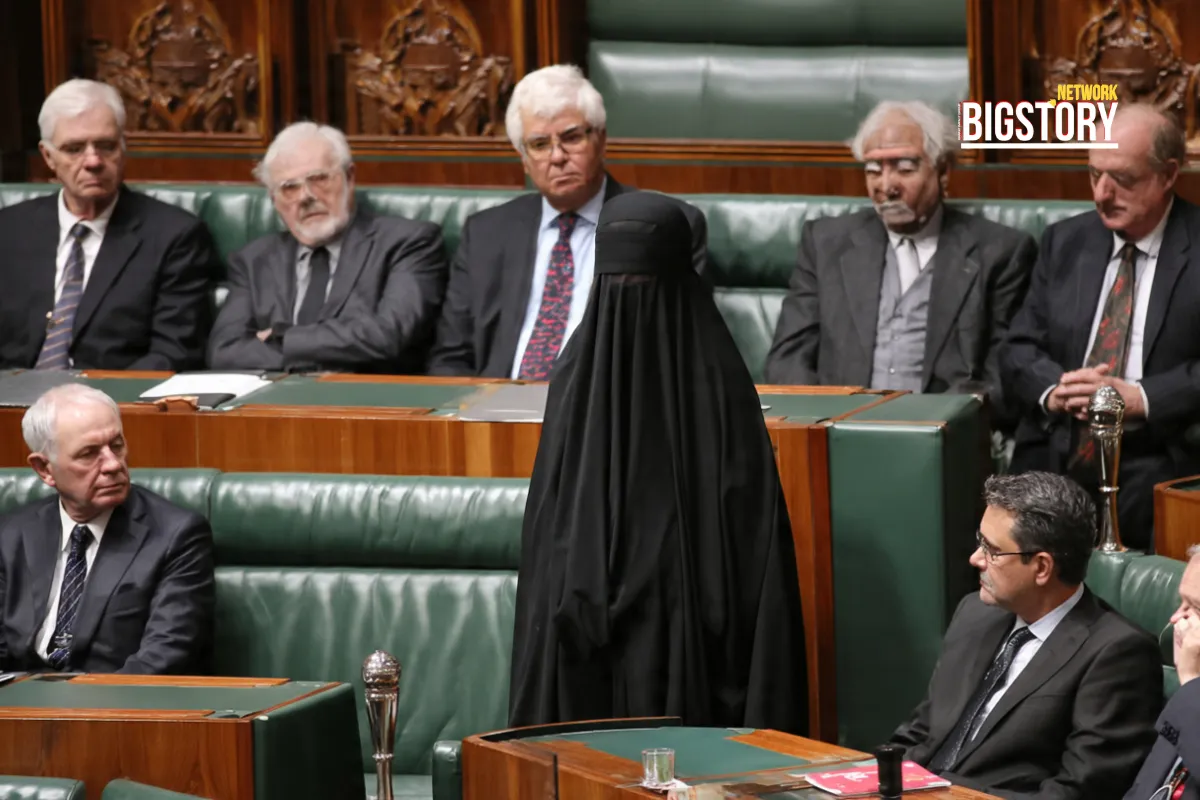Israel slashed Gaza’s humanitarian aid by 50% just days after a U.S.-brokered ceasefire, exposing how hunger is now a weapon of war.
 Sseema Giill
Sseema Giill
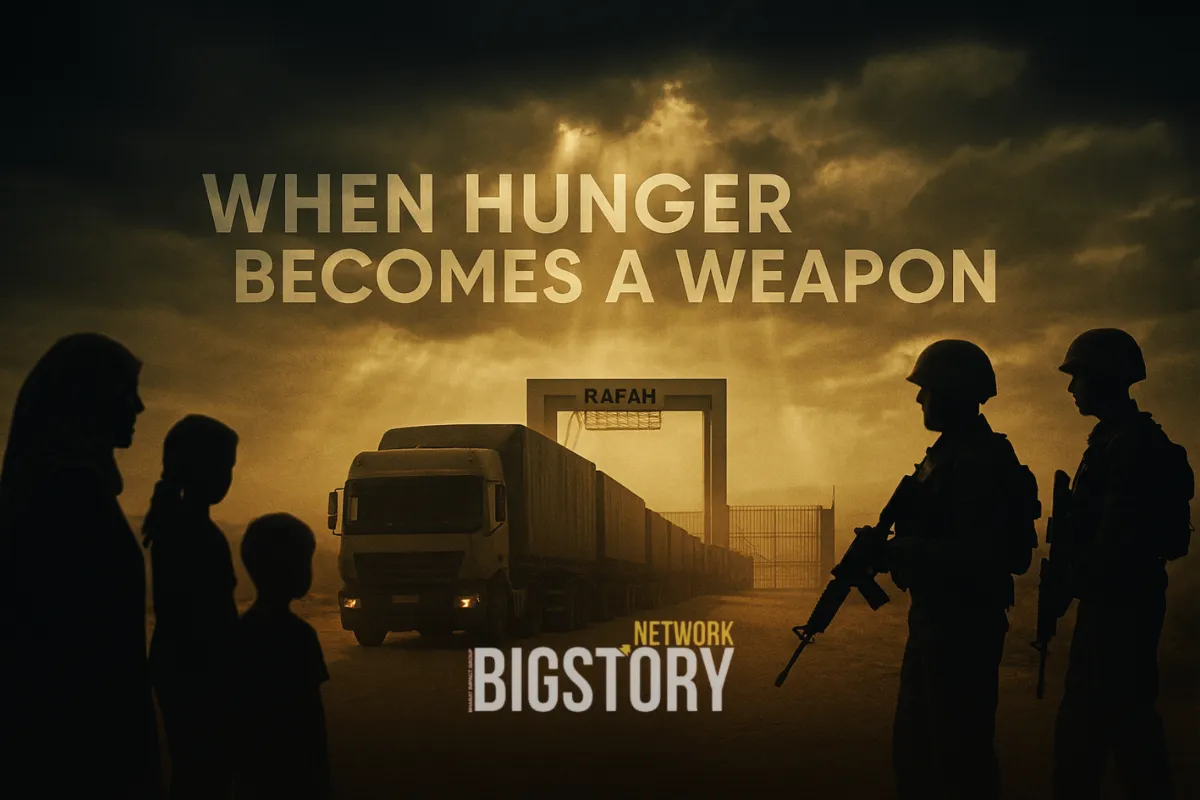
Israel’s decision to slash Gaza’s humanitarian aid just days after a U.S.-brokered ceasefire isn’t just another policy shift — it marks a chilling evolution of war itself: where hunger becomes a bargaining chip.
On October 14, 2025, Israel’s Coordinator of Government Activities in the Territories (COGAT) informed the UN it would slash daily humanitarian aid deliveries to Gaza from 600 trucks to 300, and cut off fuel and gas supplies except for “specific humanitarian infrastructure.”
The move came after Hamas returned only 8 of 28 bodies of deceased Israeli hostages — a condition in the recent ceasefire agreement.
The timing is strategic: it comes just days after former President Trump announced that the Gaza war was “over,” following the release of 20 living hostages in exchange for nearly 2,000 Palestinian prisoners. But instead of easing suffering, Israel has tightened its grip — keeping Rafah Crossing closed and aid throttled for 2.3 million Palestinians.
Olga Cherevko – The Voice from the Rubble
OCHA spokesperson Olga Cherevko has become a symbol of humanitarian defiance in Gaza. Her words — “When Gaza burned, children starved, hospitals collapsed – did you act?” — have echoed in UN briefings and viral clips worldwide (UN OCHA).
Gal Hirsch – The Pressure Point
Brig. Gen. Gal Hirsch, Israel’s hostage coordinator, faces enormous pressure from families demanding the return of their loved ones. His own statements reveal the impossible balance between diplomacy and grief.
The Families – Grief Weaponized
“It is with a broken heart that we announce the body of Tamir, my eldest and beloved son, was brought back from Gaza,” wrote Alon Nimrodi in a Facebook post. His pain mirrors the political calculus behind each aid truck allowed or denied.
Palestinian Civilians – Invisible Sufferers
For Gaza’s population, this policy translates into empty shelves, hospitals on the brink, and families digging through rubble for bodies without equipment. Their suffering is collateral leverage in a geopolitical standoff.
Ceasefires are supposed to bring relief. Instead, this ceasefire brought weaponized hunger.
Benjamin Netanyahu – The Political Survivor
By leveraging aid, Netanyahu satisfies hardliners like Itamar Ben Gvir while avoiding open diplomatic rupture with allies.
Itamar Ben Gvir – The Extremist Enabler
His demand to completely cut aid if more bodies aren’t returned shows how coalition politics can weaponize humanitarian need.
Donald Trump – The Silent Dealmaker
Despite brokering the ceasefire, Trump has issued no real response to the aid cuts, underscoring how U.S. influence is selectively applied.
Modern warfare isn’t just fought with bombs — it’s datafied.
Conventional Take: Israel is punishing Hamas for non-compliance.
BigStory Reframe: This isn’t punishment — it’s strategic weaponization.
The very systems designed to protect civilians — humanitarian aid, ceasefires, international oversight — have been inverted into instruments of control.
The deeper question: If humanitarian aid can be manipulated like this, what remains of international law?
This isn’t just Gaza’s tragedy — it’s a precedent. When hunger becomes a weapon, every humanitarian crisis becomes a battlefield.
Q: How much aid was cut?
Israel reduced daily aid trucks from 600 to 300 and cut fuel supplies, severely limiting humanitarian access.
Q: Why did Israel make this decision?
Officials claim Hamas failed to return the remains of 20 Israeli hostages, violating ceasefire terms.
Q: How are Palestinians affected?
Medical facilities face fuel shortages, food supplies are dwindling, and water infrastructure is collapsing.
Q: Is this legal under international law?
Many humanitarian experts say these actions violate core principles of the Geneva Conventions, but enforcement remains weak.

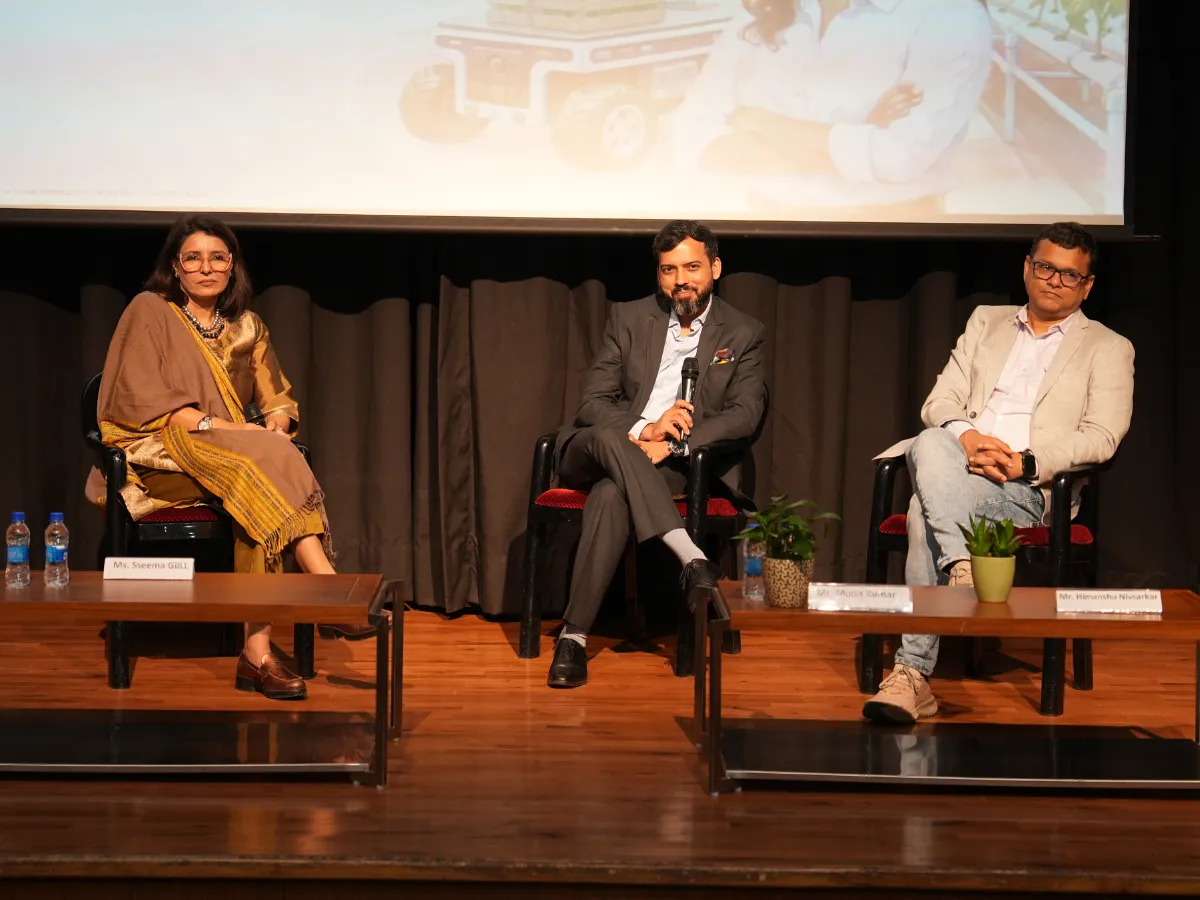
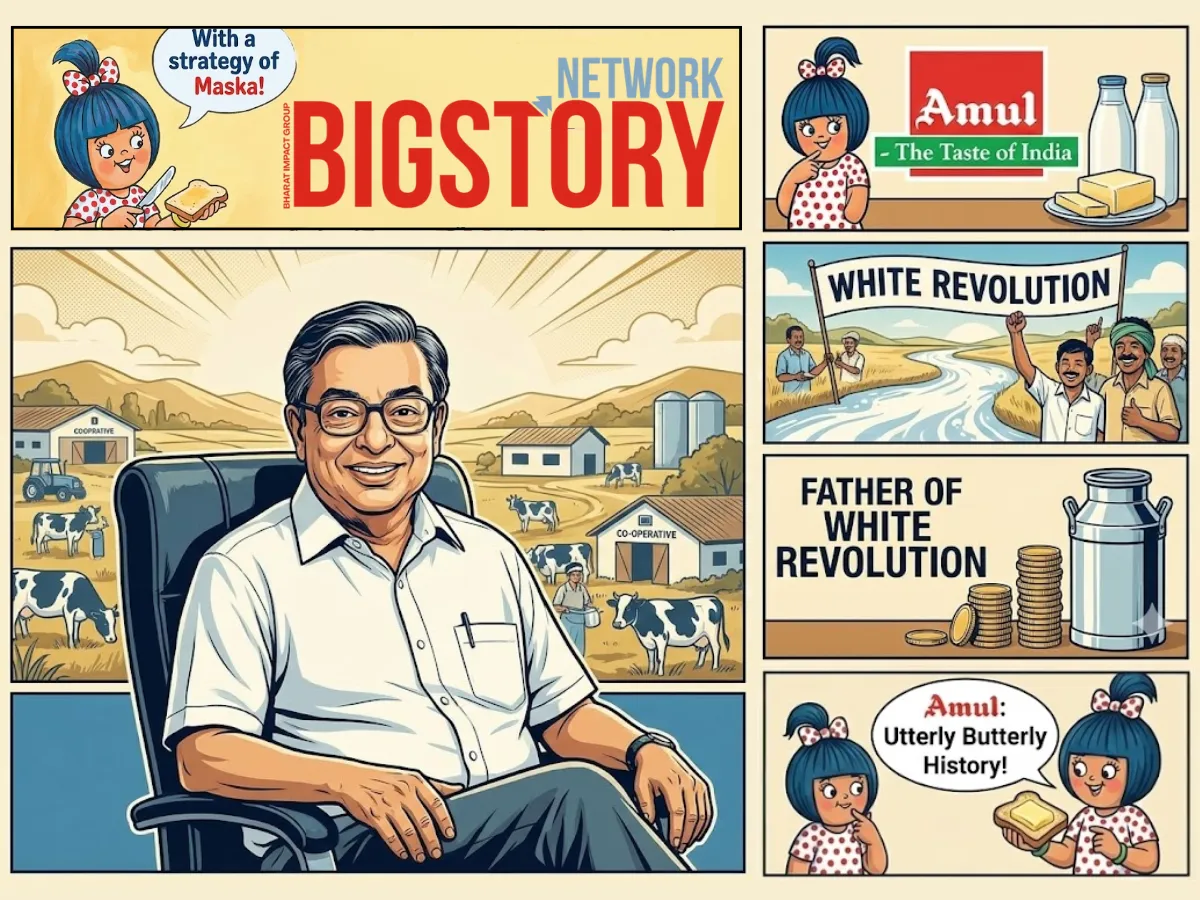

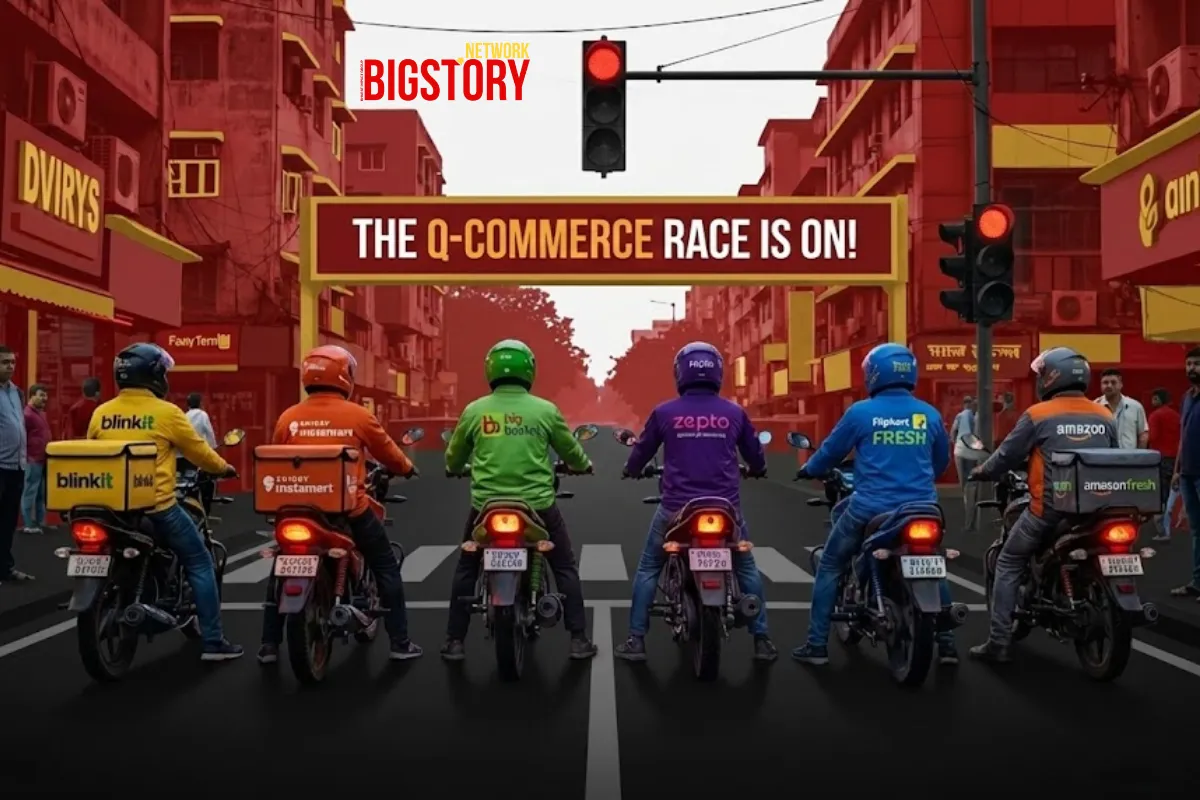

Sign up for the Daily newsletter to get your biggest stories, handpicked for you each day.
 Trending Now! in last 24hrs
Trending Now! in last 24hrs
